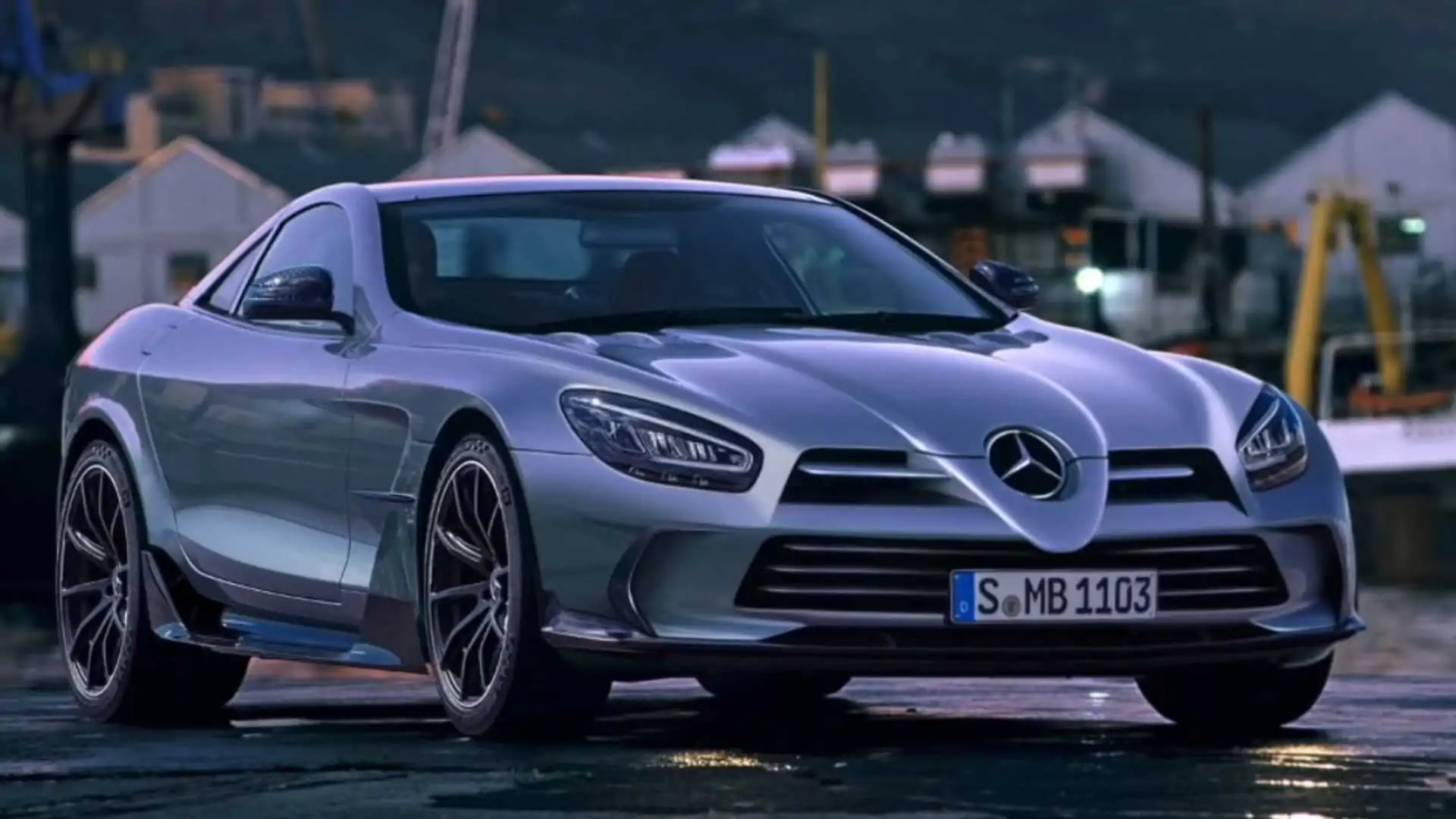It’s not easy to improve on a legend.
We would not expect to see a Mercedes SLR McLaren in modern clothes. Lamborghini revived the Countach and we couldn’t help but notice that Ferrari’s Daytona SP3 feels very Testarossa.
This SLR McLaren redux, an unofficial rendering by The Sketch Monkey depicts a newer version the 2000s supercar. Although it isn’t as old as the Countach, production on the SLR McLaren began in 2003 and continued through 2009, it has made a significant impact in the automotive industry. A tribute would be appropriate, and it is relatively young in comparison to its legendary rivals, so a modern redesign wouldn’t be difficult. Are you listening, Mercedes?

This video shows that, starting with a close look at the original SLR’s design features and opening with a comparison of its components. The second half of this video shows the real magic. It starts with a cut-and-paste operation using the fascia taken from a Mercedes AMG GT Black Series. This is a very modern Mercedes supercar. But don’t be afraid SLR enthusiasts. The distinctive pointed nose that is used to create a gaping grille has not been lost with this makeover. The new grille design is retained at the edges of the lower and upper intakes. The nose fills in the space at the center. This clever idea bridges the past with the present.
It’s also important to consider the headlights. The quad eyes that characterized Mercedes throughout the 2000s have been replaced by LEDs at the corners. The rocker trim at the bottom of the car is less noticeable, which mirrors the AMG GT Black Series. The SLR’s side vents are made cleaner and the mirrors replaced. It rides on new AMG spokes.
Mercedes could build a modern SLR McLaren. It wouldn’t have McLaren branding. It wouldn’t just be an update to an older model, as you can see. Who knows? Perhaps another AMG SLR will be available in 10 to 20 years. It could remind us of the early 21st-century days.